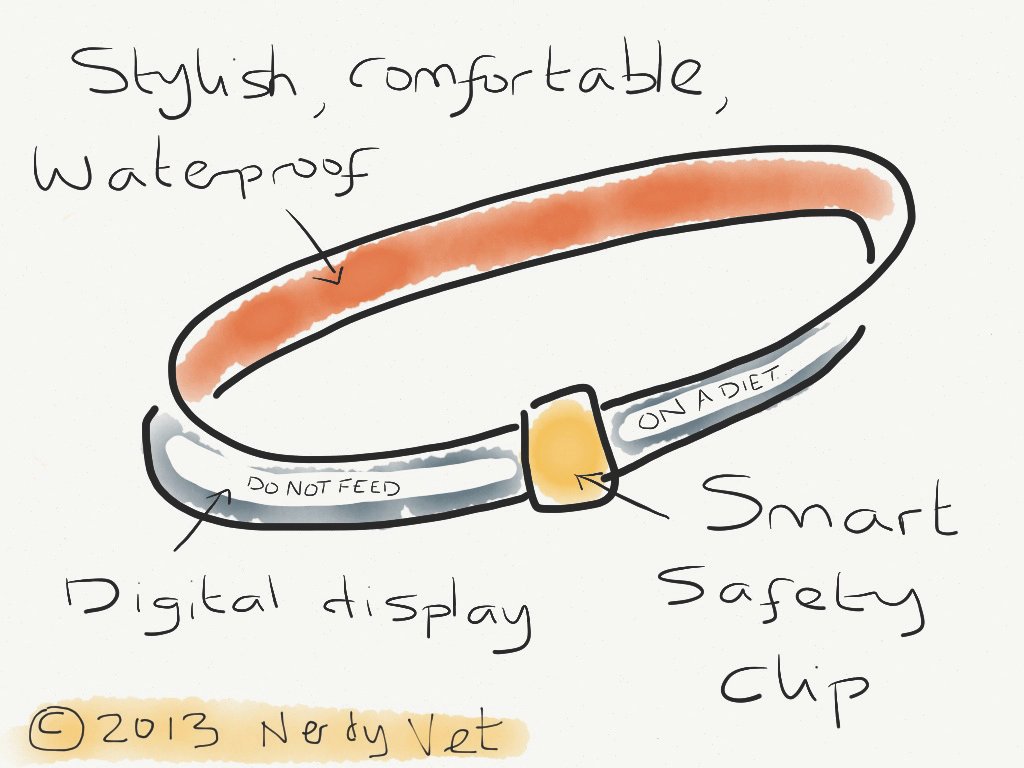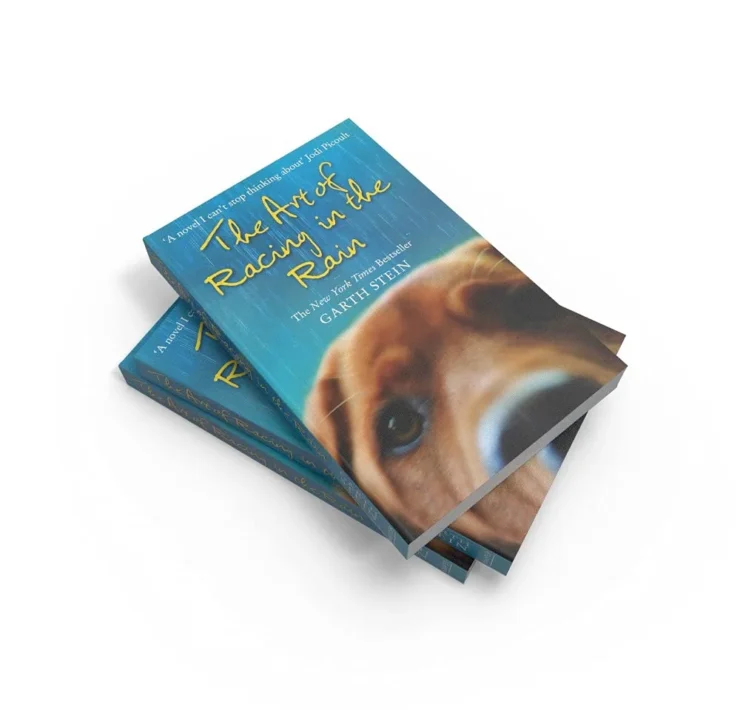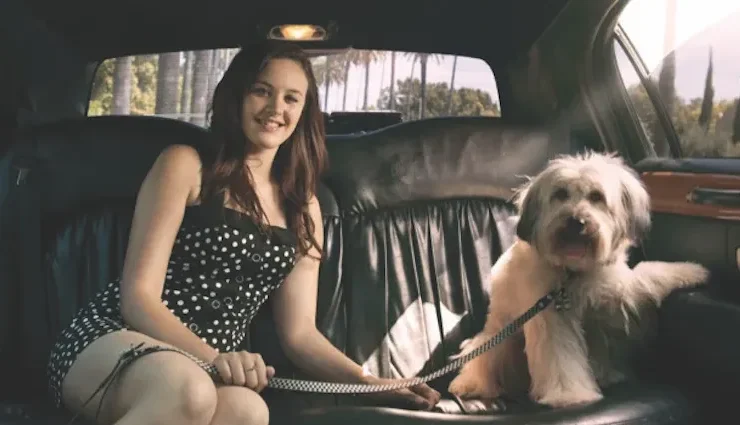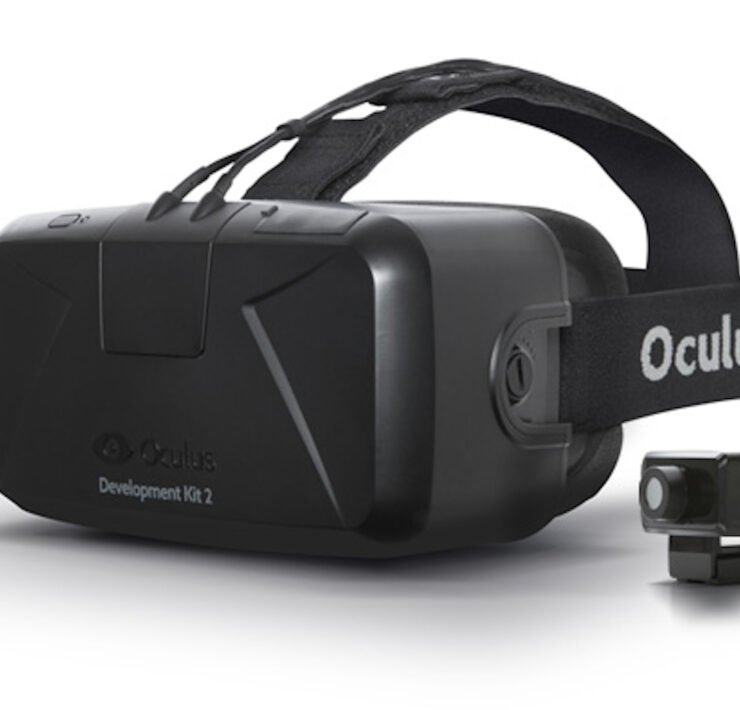SMART COLLARS


More than just a place to hang a tag, pet collars are joining the 21st-century
It seems that “Wearable Tech” is all the rage at the moment, from the plethora of fitness tracking bands and associated apps to the arrival of and promise of further offerings in the “smartwatch” arena. But what of our pets? What is technology doing to serve their needs in the wearables sphere? After all, they are probably the only ones who truly embrace the wearable at all times, what with them wearing collars.
The collar has advanced very little, if at all since it was first placed around the necks of our furry friends. Serving principally as both a lead attachment point and someplace from which to hang a name tag, its role and fundamental design have changed little, if at all, over the years, save for some degree of “pimping,” with diamanté and different colours being available.
What developments have there been with collars? The main one that I can identify is the invention of the safety collar, or clip, for cats. This allows the clasp of the collar to snap open easily when pressure is placed on it, thus allowing a cat to escape the potential death trap of a noose in the event of them getting caught by its collar, or avoiding nasty injuries in the event of getting a leg stuck through the collar. I have seen the clinical results of both scenarios and firmly believe that safety collars save lives.
Some developments in human wearable technology are being translated into pet offerings. Many, however, exist as attachments to existing collars as opposed to fundamental redesigns of the collar itself. The first is the pet fitness and activity tracker. Companies such as San Francisco start-up Whistle have created a ‘Fit-Bit for pets’ with their device, enabling owners to track and share the activity levels of their pets. All good fun and actually potentially very useful as a way of helping to educate pet owners about maintaining their pets at a healthy weight and condition.

The other key area of development in the pet wearables sector is the GPS tracker, a very attractive proposition for any pet owner who wants to know where their pet is hanging out, or, most importantly, to relocate a lost pet. Again, most of the products in this sphere are collar
attachments and so limited in as much as they can be removed by simply removing the collar. For example, if one were in the business of stealing dogs then unless you were pretty feckless at the task you would almost certainly opt to remove and discard the collar of any pooches you pilfered. Thus, the sophisticated piece of high-tech geolocation wizardry on Rover’s collar becomes useless, unless it is in fact simply the collar you wish to relocate. Of course, the Holy Grail is the implantable tracker, but that is the topic of an entirely separate article.
So what should the future look like for high-tech collars? Well, I have a few ideas of my own that I feel Nerdily compelled to share with you here. I envisage a lightweight, digital collar that incorporates a safety clip, albeit with an inbuilt system to ensure that the collar remains with the pet, as far as possible, and that serves a number of functions, from the serious such as geolocalisation to the more fun such as the ability to track activities, synching and communicating wirelessly with you, the owner, via your smartphone.
I also see the option to digitally, at the push of an app-based button, alter the physical appearance of the collar, permitting, for example, a fun change of colour to give your pet a sort of wardrobe change, to the ability to program in a scrolling or static message that can be displayed prominently on the collar. For example, if your pet were on a prescription diet and you wanted to advise others not to feed your pet, then creating a message to bed is played on the collar to that effect would be the perfect solution.
The collar would be easily charged without having to remove it, for example, wirelessly whilst your pet rested at home. It would also be lightweight and not heat up, which would cause discomfort and be potentially dangerous. The technology to accomplish all of these design briefs exists and piecing them together will result in a great product in my opinion. In fact, watch this Nerdy space by going to www.thenerdyvet.com
Chris is a vet, a self-confessed technology enthusiast and a nerd. This level of nerdiness has seen Chris develop his own award-winning iPhone apps for UK dog and cat owners, in addition to writing on a range of technology matters relevant to pets and the veterinary profession. He made the move out to Dubai in early 2013, plying his trade as a small animal vet. When he is not writing, thinking nerdy thoughts or treating animals, he can be found training for and competing in triathlons, kite surfing or jumping from planes in the interest of fun.






